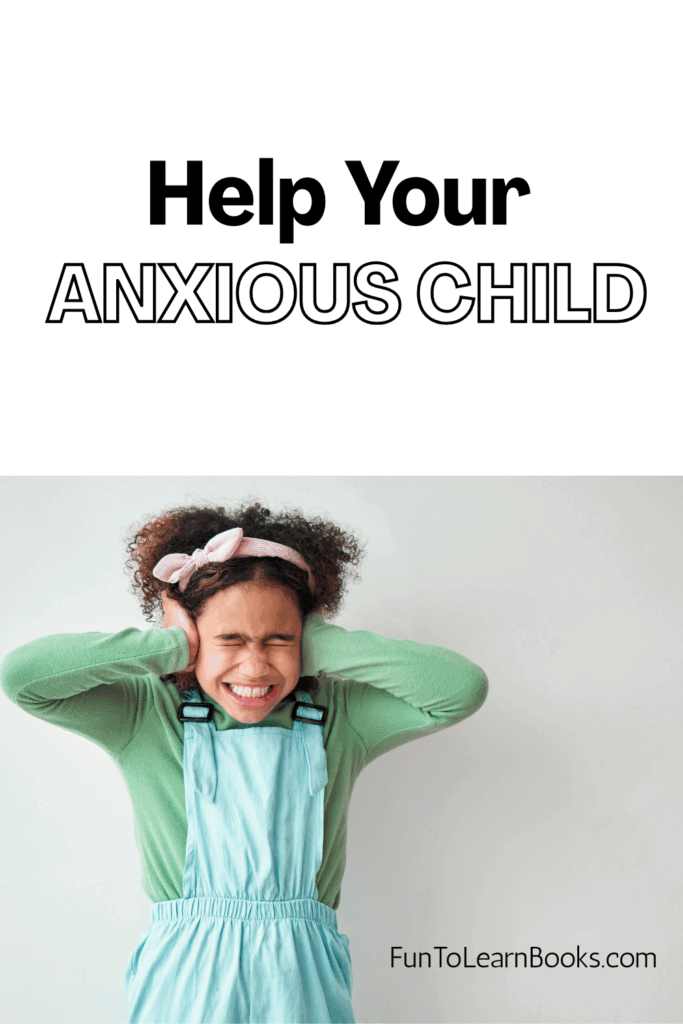If your child struggles with anxiety, you’re not alone—and neither are they. Many kids face fears that interfere with learning, relationships, and everyday life. The good news? You can help your child face those fears with calm and confidence. Here are three powerful steps to guide your anxious child.
1. Explain That Fear Is the Brain’s Way of Protecting Us
Anxiety often makes kids feel like something is wrong with them. But the truth is, anxiety is a normal and even helpful emotion—when it works the way it’s supposed to.
Let your child know:
“Your brain is like a guard dog. When it thinks there’s danger, it barks to keep you safe.”
Fear is the brain’s alarm system. It helps us escape from real danger. But sometimes, the brain makes a mistake and sounds the alarm for something that’s not actually dangerous—like giving a speech, being away from Mom, or going to a birthday party.
Helping your child understand this can remove shame and give them a sense of control.
2. Explain That Avoiding Fear Makes It Grow
It’s natural to want to protect your child from distress. But when kids avoid what they fear—like sleeping alone, talking to new people, or trying something hard—the fear gets bigger, not smaller.
You might say:
“Every time we avoid something scary, it teaches our brain that it really is dangerous. But when we face it a little at a time, the fear starts to shrink.”
This doesn’t mean forcing your child into overwhelming situations. Instead, encourage small steps of bravery. For example, if your child is afraid of dogs, start by looking at pictures of dogs, then watch a dog from a distance, and eventually meet a calm, friendly dog.
Each step builds confidence and teaches the brain: This isn’t so scary after all.
3. Practice Calming Talk and Relaxation While Facing Fears
Teaching your child to calm their body and mind is a key part of overcoming anxiety. Help them learn self-talk and simple relaxation strategies they can use during stressful moments.
Some tools to practice together:
- Calming self-talk: “I’m safe.” “I can do hard things.” “This feeling will pass.” “I’m not alone.”
- Deep breathing: Breathe in through the nose for 4 counts, out through the mouth for 6.
- Muscle relaxation: Tense and release muscle groups to let go of tension.
- Visualization: Imagine a calm, safe place.
The goal is to practice these strategies while facing small fears—not just when they feel fine. Start by having your child practice while simply imagining themselves in a fearful situation. Then practice with the least fearful situation. When your child is able to remain calm, have them try something a bit more challenging.
Final Encouragement
You can’t take every fear away from your child—but you can walk beside them as they learn to be brave. With your steady support, your child can move from anxious to empowered—one small step at a time.
Level 2 of Training Aliens helps kids deal with worry. The upcoming Level 3 will help your child deal with other kinds of fears.
Thanks for joining me for this 10 Day Series. I’ll be sharing videos with more on these topics on Instagram and YouTube. I hope we can connect there.


